For half a century, San Francisco's Kronos Quartet has operated outside the conservatory's comfortable confines. Under founding member David Harrington's leadership, the ensemble has commissioned more than 1,100 works, collaborated with everyone from Paul McCartney to Bollywood legend Asha Bhosle, and collected three Grammy Awards along the way. Yet Harrington’s vision concerns more than recognition. He’s always seen the string quartet as a vehicle for social transformation, a means of gathering voices from around the world to address the crises that define our moment.
That vision finds its most urgent expression in "Hard Rain," a recent reimagining of Bob Dylan's "A Hard Rain's A-Gonna Fall," released on July 16, 2025 (the eightieth anniversary of the Trinity Test, the world's first nuclear detonation). Presented by Red Hot Organization and the Nobel Laureate Assembly for the Prevention of Nuclear War, the recording unites nearly fifty artists across two versions of Dylan's apocalyptic anthem. The lead rendition features contributions from Allison Russell, Iggy Pop, Willie Nelson, Laurie Anderson, Asha Bhosle, and Stephin Merritt, among others, their voices buoyed by strings from the quartet and members of Belle & Sebastian, Patti Smith Group, and Deerhoof. A Brooklyn artist choir (including Frankie Cosmos, Xenia Rubinos, and Arthur Moon) amplifies the collective response. The alternate version, "Hard Rain (Drone)," strips the song to its bones: droning strings and harmonium beneath spoken-word performances from Ocean Vuong, Sampa The Great, Nadya Tolokonnikova, Tom Morello, Charlotte Gainsbourg, and Ringo Starr.
Kronos Quartet’s arrangement premiered at Stockholm's R1 KTH Reaktor Hall (a decommissioned nuclear bunker) before arriving in Chicago for the Laureate Assembly, held where the Doomsday Clock is headquartered and where Fermilab was instrumental in nuclear development during World War II. Upon the song’s digital release, with a vinyl version on the way, the power of “Hard Rain” continues to be felt. The work is an intervention that brings together music, science, and activism to confront what Harrington calls "the danger we all face."
Host Lawrence Peryer recently invited David Harrington for an in-depth conversation on the Spotlight On podcast. The two discuss the origins of "Hard Rain," the significance of gathering voices across generations and continents, and what it means to maintain artistic and social dedication across fifty years.
You can listen to the entire conversation on the Spotlight On player below. The transcript has been edited for length, clarity, and flow.
Lawrence Peryer: I think the word 'commitment' is a great throughline for what I want to ask you about. One version is social commitment and engagement—music and art, not as something that simply exists in a conservatory or in a closed-off way. The "Hard Rain" project seems like a crystallization of this commitment. Can you tell me how it came together?
David Harrington: The way this began was that I got a call from Owen Gaffney in Stockholm, who works with the Nobel people. He asked if Kronos would be interested in reimagining Bob Dylan's "A Hard Rain's A-Gonna Fall." The context was important—there would be an assembly of Nobel laureates to confront the nuclear weapons crisis. The initial idea was that we would play this in Stockholm at a concert we were doing in a decommissioned nuclear bunker. We did that, and you can hear Sara Parkman on the recording—she was part of the premiere. But as we were putting it together, it began to seem like it would be wonderful to involve the world of singers and musicians if we could. It started out as a performance with Sara Parkman, but then we were thinking, "Well, let's see who else might be able to join us." The more we thought about it, the more it felt like this wasn't just a concert or a recording project. This was an opportunity to gather voices from around the world—voices that could speak to the ongoing crisis of nuclear weapons, voices that represented different cultures and perspectives, all united in saying something about our shared humanity and vulnerability.
There's a lot of chance that happens. I got an email from Asha Bhosle's son: "Mom and I are in San Francisco. Would you like to meet?" We'd done an album with Asha about twenty years ago. I couldn't wait to see her. She's ninety-two years old. When I met her at the hotel, I asked if she would like to be part of this. She said she would love to. Her granddaughter was with her, and the idea came up: "Wouldn't it be great to have the generations singing together?" That one conversation opened up possibilities that we hadn't imagined.
Elia Einhorn, our co-producer and a real genius, reached out to various musicians and singers. We agreed that Allison Russell would be fabulous, and Elia was able to reach out to her directly. In each case, it came from a personal connection, actually, each request. I don't know how much you know about the work we've done over the years, but I was invited years ago to curate a Carnegie Hall premiere of Terry Riley's "In C." I basically put the orchestra together instrument by instrument. It took a long time to do this. It didn't happen quickly. The same kind of thing happened with "Hard Rain." We've worked with Laurie Anderson. I called Laurie about this, and she said absolutely, she's doing it. It's happening. The enthusiasm from so many members of the musical community was just inspiring. It was thrilling to be a part of this.
And then to hear someone like Ocean Vuong—his voice is so beautiful. It's incredible. Charlotte Gainsbourg—I mean, those are two of my favorite voices on the drone version. Of course, I love hearing Iggy Pop. We've worked with Tanya Tagaq, the amazing throat singer from Northern Canada. We recently recorded an album with Peni Candra Rini from Java. There are so many voices on this project—Allison Russell, Satomi Matsuzaki from Deerhoof, Stephin Merritt from Magnetic Fields, and these singers just had to be a part of it. They just had to.
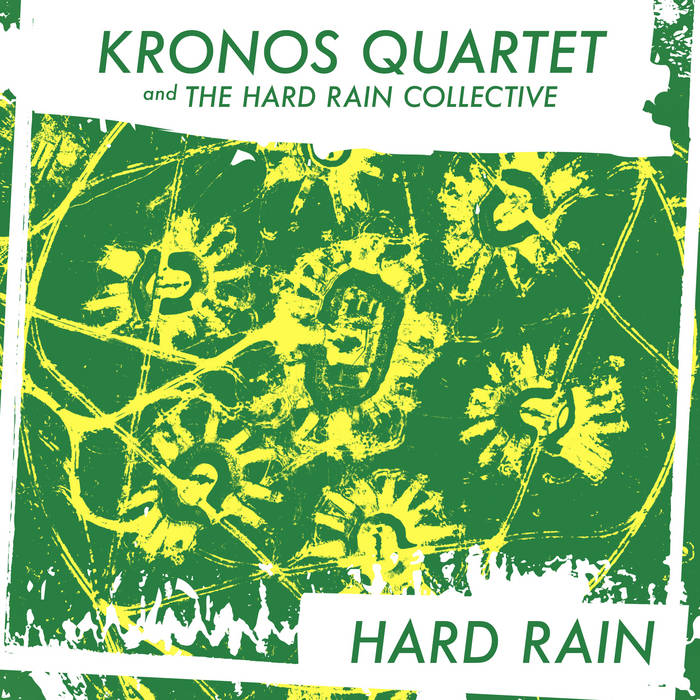
Lawrence: The recording happened in Japan. Can you talk about the significance of that place, and how it connects to the larger themes of the project?
David: It came down to timing. It seems now like we planned to record in Japan for the resonance, the meaning, the poetry. That's not really how it happened. This recording came together very quickly. A lot of my co-producing was done on tour, late at night and early in the morning. I didn't really have the time to do it. But I felt the occasion was profoundly significant. The eightieth year since the detonation of a nuclear device—the bombing of Hiroshima on August 6th, 1945, and then August 9th was Nagasaki, and July 16th was the Trinity test. On the 16th of July, 1945, the world's first nuclear bomb was detonated in New Mexico at 5:29 in the morning. Three weeks later, the United States dropped bombs on Hiroshima and Nagasaki. The two weapons killed between 150,000 and 246,000 people.
There was going to be an assembly of Nobel laureates in Chicago to confront this nuclear war crisis eighty years later. Chicago was where Fermilab was instrumental in nuclear development during the war. The Doomsday Clock is also headquartered there. Kronos was invited to perform.
The only way we could get the recording done so it could come out on July 16th was to extend our tour in Japan, where we were celebrating Terry Riley's 90th birthday. We extended it one day and recorded that final day in Japan. When I look back, I think, "Well, there's something really perfect about that." It was not lost on us. The symbolism wasn't accidental, even though it wasn't planned. We were in Japan, recording a song about nuclear devastation, in a country that knows that devastation intimately. The resonance was unmistakable, and it just had to be that way to finish in time.
Lawrence: That synchronicity seems to suggest something about how you think about the relationship between art and moment.
David: When we did the concert in Chicago, at the conclusion of the assembly of Nobel laureates and nuclear scientists, we had four speakers join us. One was a Japanese man reading a diary entry of a father and husband who lost his wife and child at Hiroshima, reading over Laurie Anderson's piece “Flow.” It's as emotional as it gets. Our "Hard Rain" started in a decommissioned nuclear bunker in Stockholm, then came to the United States and was performed in Chicago on July 16th, the eightieth year since the first detonation. These timings and occurrences are important. I could think of other moments in our work over all these years where the timing seems almost like it's part of the work itself.
For example, we played in Yerevan, Armenia, and we gave a concert marking the 100th year since the beginning of the genocide. I invite you to check out the recording released this past year. It's music by Mary Kouyoumdjian, and the album is called Witness. The closing track is called "Silent Cranes." You hear the voices of survivors of the genocide. I'll never forget being there, performing for that audience on that day, and playing that piece by an American whose family survived the genocide, immigrated to Lebanon, and from Lebanon's civil war came to the United States. It's amazing how these events resonate with certain people and inspire them to create music. The generations carry these things forward, and somehow they find their way into art. That's what I believe music can do.
Lawrence: There's something about those moments that seems to collapse time and space.
David: In Chicago, what happened was this: not only were there twenty Nobel Laureates in the audience, but there were nuclear scientists, members of the public, and interested Kronos fans. For me and for Kronos and our future, what we were able to accomplish was something I'd wanted for the 51.9 years of Kronos up to that point. That is: scientists and musicians in the same room doing the same thing. These scientists had just spent three days fashioning a statement published in the New York Times. The idea was that heads of state worldwide would receive this statement, delivered by people who know the effects of nuclear war on life and civilization.
We were there as musicians representing, I felt, all musicians. When you think of music and then you think of science, they can seem very far apart, but they didn't seem far apart at all that night. So many conversations happened way into the night after that concert: "We've got to do this more. This is so great. Music amplified us. It inspired us." I had conversations with Saul Perlmutter, a Nobel Laureate and violinist, one of the people who established that the universe is expanding. Just to be able to have conversations like that!
And then Daniel Holz, who organized the assembly, and I were getting ready for an interview on Democracy Now, and right during that conversation, Daniel looked down at his phone. He's the guy in charge of the Doomsday Clock committee and one of the world's authorities on black holes. He looks down at his phone and says, "We just discovered two new black holes." I just happened to be sitting there with the authority on black holes when he discovered new ones. What other violinist could say that?
There's something profound in that moment. Here's a scientist —someone who studies the cosmos —who has dedicated his life to understanding the universe. And he's also a man of imagination and wonder. He can appreciate what we were doing artistically because he understands that both science and music are ways of asking fundamental questions about existence. Both require imagination. Both require risk. Both require commitment.
The next time I see you, Kronos may be musicians-in-residence at the Doomsday Clock. Something like that is going to happen. I can tell you that for sure. These are the moments that matter. These are the moments when art can bridge worlds that seem separate.
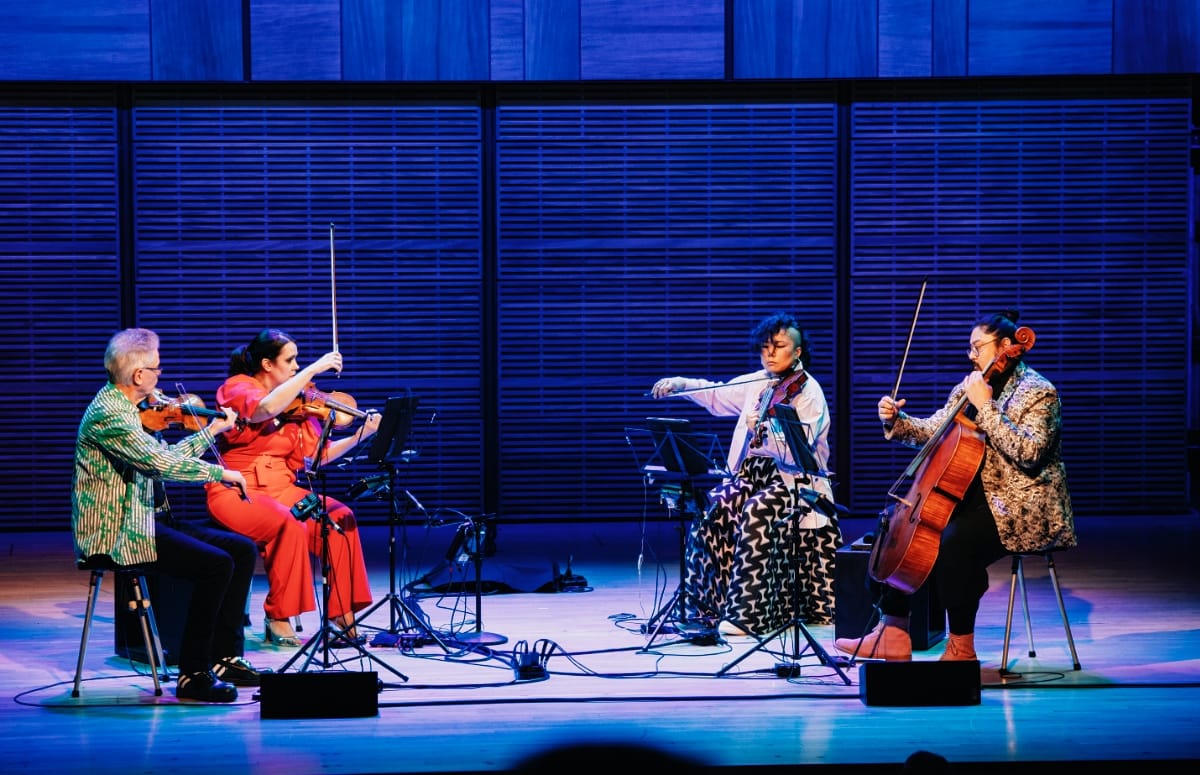
Lawrence: It seems like you're drawn to these moments where art can speak to something that science and policy can't quite reach.
David: Exactly. That's what commitment means to me. What happened in Chicago felt like the fulfillment of a long-held dream. Not only were there Nobel Laureates and nuclear scientists in the room, but there was also the general public—people who care about the future of the planet. And for one night, all those different perspectives, all those different ways of understanding the world, were united through music. The scientists had their statement; we had our music. But together, we created something neither could have created alone.
I think about what that Japanese man was doing, reading his diary entry over Laurie Anderson's piece. He was expressing something about the human cost of nuclear weapons that no policy paper could express. The words mattered, but the music gave them a vessel. It gave them a place to live in people's hearts, not just in their minds. That's the power of art. It's not replacing science or policy—it's completing them. It's saying, "Here is what it means. Here is what it feels like. Here is why it matters.”
And you know, the conversations that kept happening into the night—scientists and musicians having real dialogues—that's what needs to happen more. We need more rooms where artists and scientists, and policymakers are all present, all listening to each other. Because the problems we face —whether it's nuclear war, climate change, or social injustice — are not just intellectual problems. They're human problems. And humans respond to meaning-making, to story, to music.
Early on, when I was founding Kronos, that commitment came from a very personal discovery. I was sixteen in high school, in a string quartet, and we found ourselves at the home of a composer as a new piece was being written. That composer was Ken Benshoof from Seattle. At a certain point, we played the world premiere of Ken's piano quintet, and that hooked me on the process of assembling new pieces that nobody had ever heard. By the time we'd had several months of rehearsal and the piece was completed, I realized nobody else in the world except the five of us knew what this was about. It's like this secret language that we got to reveal, and I just loved that. There was something sacred about that experience—being part of a small group that knew this music before the world did, that helped bring it into existence.
Years later, I heard a recording of George Crumb's Black Angels on the radio. I had never heard any music like that. I had been trying to find my song, and there it was. The next morning, I found out who Crumb's publisher was. I called the publisher in New York City and convinced them to send me the music. I said, "I will send you the money. Don't worry. I will." He trusted me. A week later, I looked at the score and realized I had to play this piece. I have to. I realized I'm going to have to get a group together that will be committed to all the things involved in playing that piece—the intensity of it, the vision of it, everything it demanded.
I talked to my friend Ken Benshoof, and he said, "Well, I'm going to write a new piece for your group." This was before we even had a group. Ken started writing what became Traveling Music. That was in the spring of 1974 when we did the first commission piece. There was no money involved. He wanted to do it, I wanted him to do it, and I think I bought him a coffee and some donuts. That was it. That commitment—that willingness to do something because it matters, not because there's compensation—that's been the through line for everything Kronos has done for the past fifty years.
Lawrence: How do you maintain that commitment to social and artistic engagement while building a fifty-year career?
David: For me, it's a matter of a magnetic force. I got magnetized to Ken Benshoof's music at age sixteen, and then I became his page turner when he gave piano concerts. We became very good friends, and I would watch his creative process. That's how relationships with artists deepen—you see them work, you understand their vision, you become part of their world. That's how the relationship with Terry Riley started. Kronos was at Mills College, and we had just been appointed Quartet in Residence. We were rehearsing Traveling Music by Ken Benshoof when Terry Riley came into the concert hall. I recognized Terry from his recording Rainbow in Curved Air. He said, "Oh, this is really great. What were you playing?" I said, "Well, the music of Ken Benshoof." Terry said, "Ken Benshoof! I went to college with him in the fifties."
That moment led to a friendship that has lasted forty-five years. In every case with composers, it's a matter of finding the kind of moment or conversation that makes that person feel comfortable. It took me twenty years to get Laurie Anderson to feel comfortable writing a piece for Kronos, but once I think something is important to do, I will not give up. You have to believe in something enough to be patient with it, to let it unfold in its own time. That's part of the commitment, too—knowing that some of the most important things take decades to come to fruition.
I feel so lucky to have had Terry Riley as a close friend for forty-five years. I couldn't imagine him being in Japan and having a ninetieth birthday without us being there with him. When Ayane Kozasa, our violist, figured out a way for us to be there to celebrate with him, it felt like the right thing—the only thing. That's what the through line really is: showing up for the people and the work that matter to you.
Lawrence: I want to ask about something you said about wanting the quartet to tell the whole story. What part of that story still remains?
David: Oh, we barely scratched the surface. That's the thing about music—none of us owns it. We get to share it. Just this morning, I got a message from a composer living in Washington, D.C., a transgender composer who is so upset about what's happening to our country. She wants to make a special piece for us as a response. She wants to do it right away. The composer is inti figgis-vizueta. I'm feeling, especially after July 16th, that we need to step up to the plate in a new way.
Inti has written pieces for Kronos, and she has an entire sound world that's very beautiful. One advantage you get from fifty-plus years is access in a new way. Inti thought of us right away because of the work she's heard that we've done—not only Black Angels, but all kinds of anti-war pieces. We've been telling the story of how Martin Luther King arrived at the "I Have a Dream" speech, involving his close friend Mahalia Jackson, who was on the rostrum with him that day, and his lawyer and speechwriter Clarence Jones.
I happened to hear Clarence tell the story on C-Span about how Mahalia Jackson called out to Martin Luther King after the beginning of the speech. She called out and said, "Tell 'em about your dream. Tell 'em about your dream, Martin." When I heard that, I realized that Mahalia Jackson represented all musicians so perfectly because Martin Luther King Jr. was her close friend and confidante. When he was down, he would call her up, and she would sing to him. That's what Clarence Jones told us.
The night before the speech, King called Clarence and said, "Clarence, can you write some thoughts out for me for tomorrow?" Clarence wrote out his thoughts. The time of the speech arrived, and the first five or six paragraphs were what Clarence wrote. But Clarence Jones doesn't say he wrote Martin Luther King's words. He says he heard them. So Martin Luther King Jr. surrounded himself with musical people, and Clarence heard his voice. At a certain point, the speech veered away from what Clarence had written. Right after that is when Mahalia called out to him, and that's when he closed the book and looked out, and the speech went cosmic.
Think about that for a moment. King was there with his prepared remarks, but when Mahalia's voice reached him, something shifted. He put the text aside and spoke from a deeper place. That's what music does. It calls us out of ourselves. It calls us toward truth. And Mahalia knew that about her friend. She knew that he needed to be reminded of something essential. She was listening to him, and she was giving him permission to go further than he'd planned.
What I got from that is that a musician's responsibility is to listen. That's what we can offer our families, our friends, our society, our world—we listen to what's going on, and we try to find responses. We try to find music wherever we can find it, and we try to create a community around us. That's what Mahalia Jackson did. She was a musician using her gift not for herself, but for her friend, for the movement, for humanity. That's the commitment that matters.
One of our future albums is called Glorious Mahalia, and it's all recorded. We're waiting for it to come out in the spring of 2026. It's going to be a tribute to what she meant, not just as an artist, but as a human being who understood that music is a tool for change, for healing, for connection. Her story is still speaking to us, still teaching us what it means to be a musician in the world.
That's the story. That's what Kronos is about. It's about listening, responding, and creating community through music in moments when it matters most. It's about recognizing that when art and activism meet, when science and music meet, when different ways of knowing come together, that's where transformation becomes possible. That's where we find the courage to imagine a different future, and then to build it together. The next new piece, the next collaboration, the next moment where music can help heal the world—that's what we're listening for.
Check out more like this:
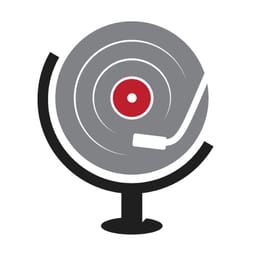 The TonearmLawrence Peryer
The TonearmLawrence Peryer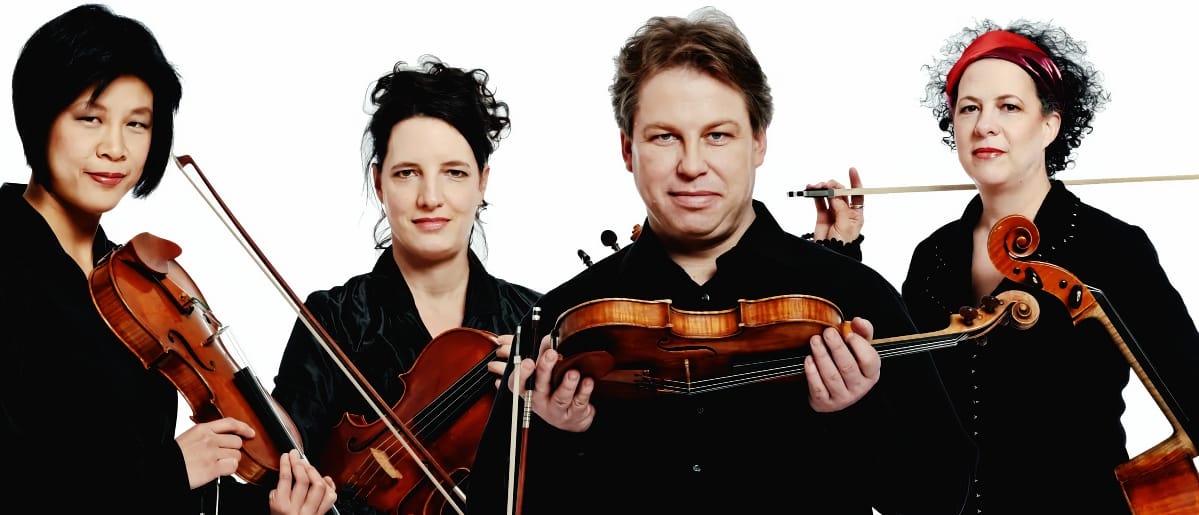
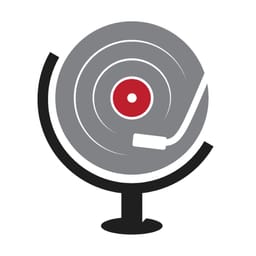 The TonearmChaz Underriner
The TonearmChaz Underriner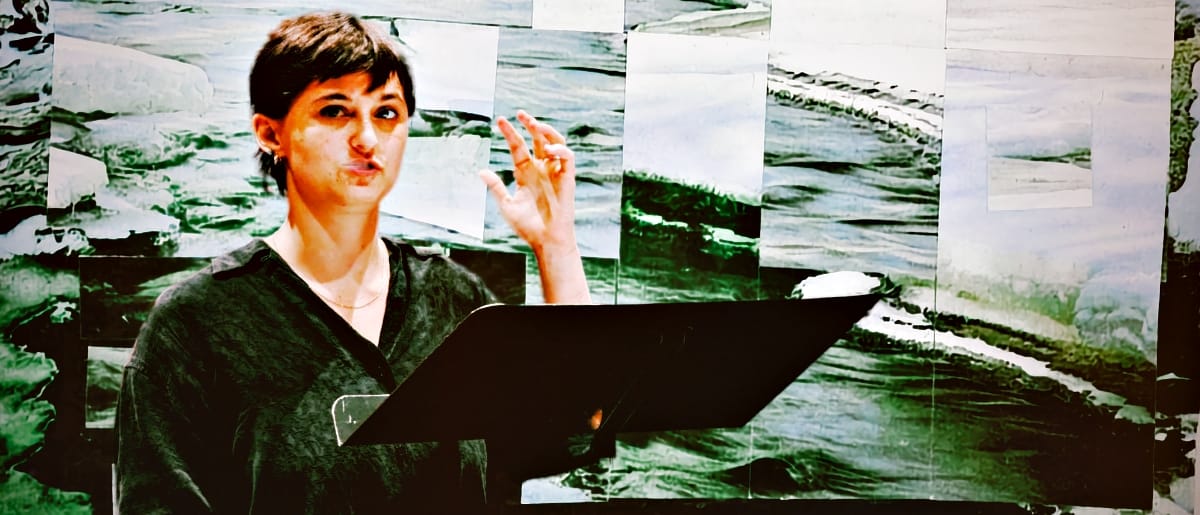


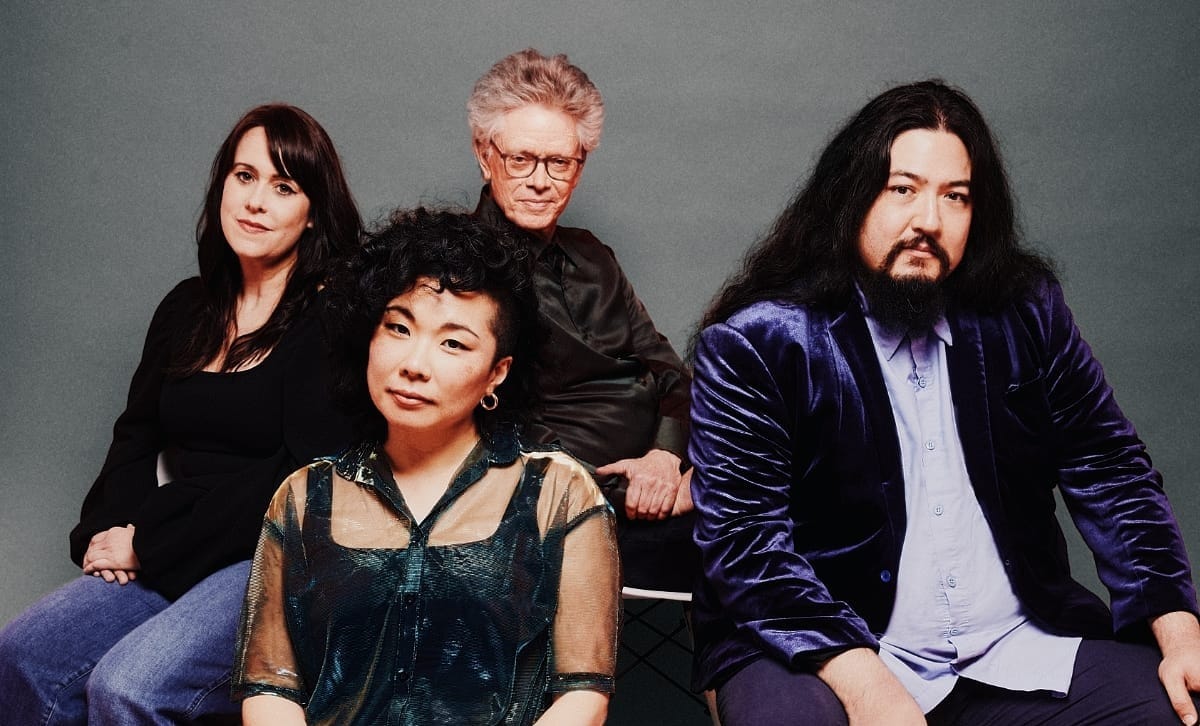
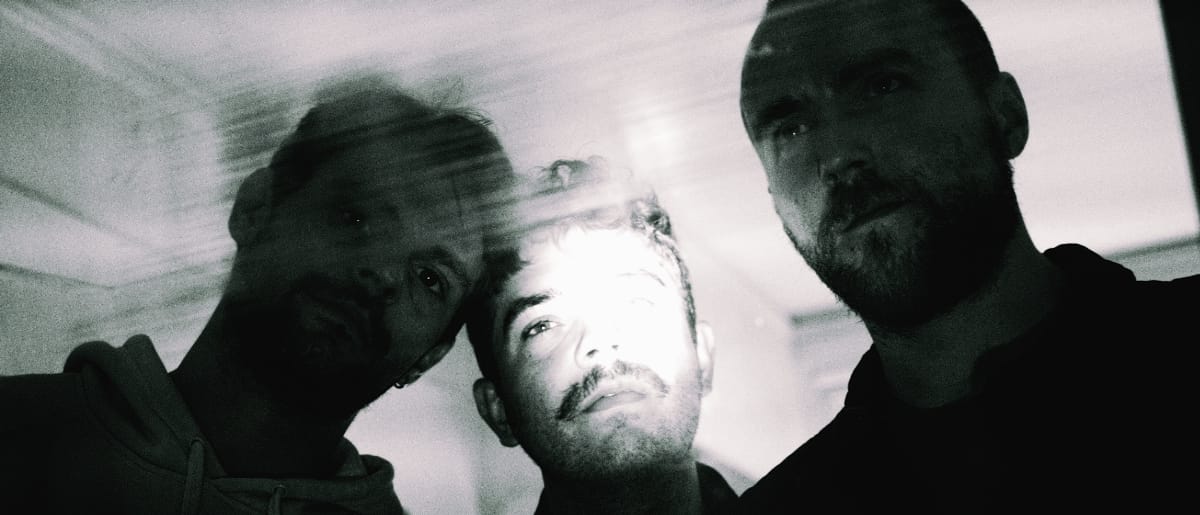
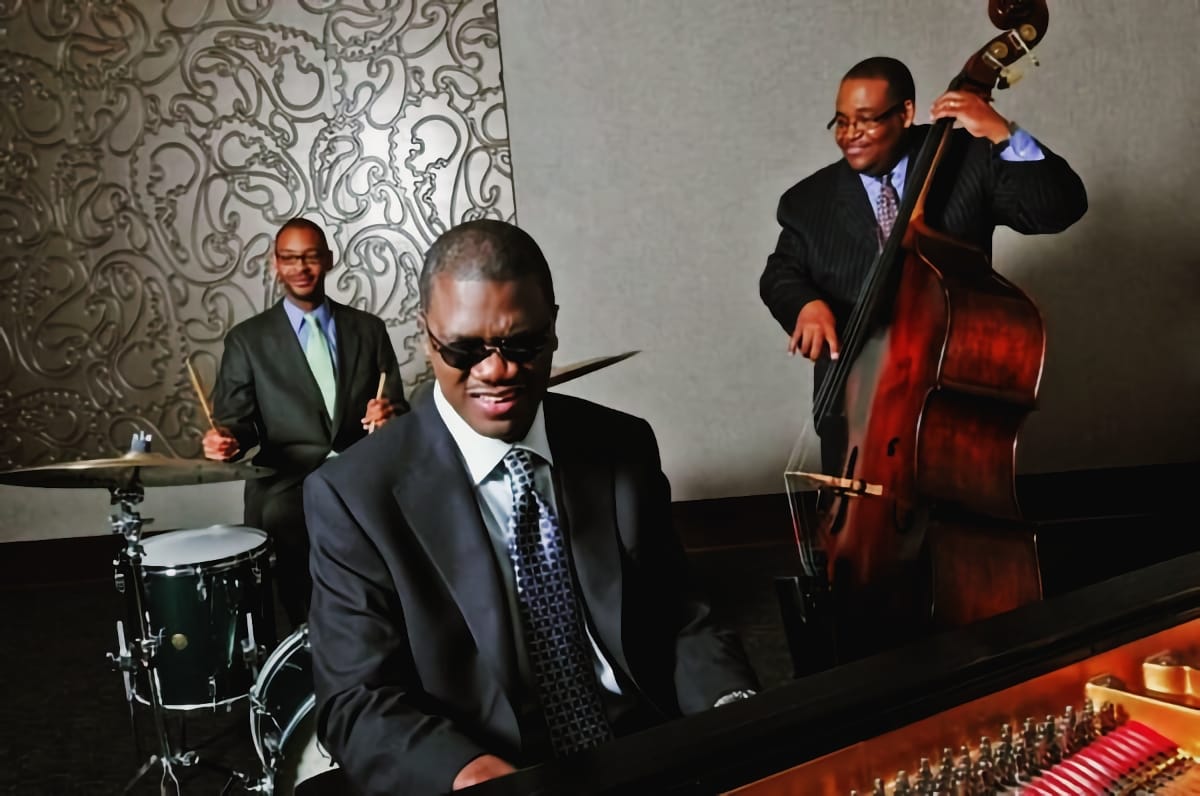
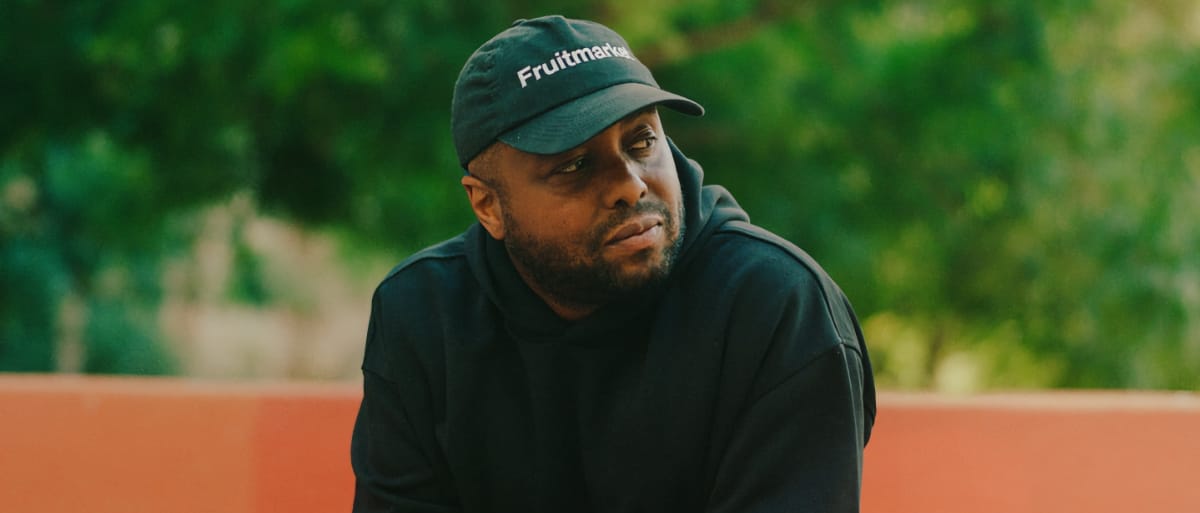
Comments